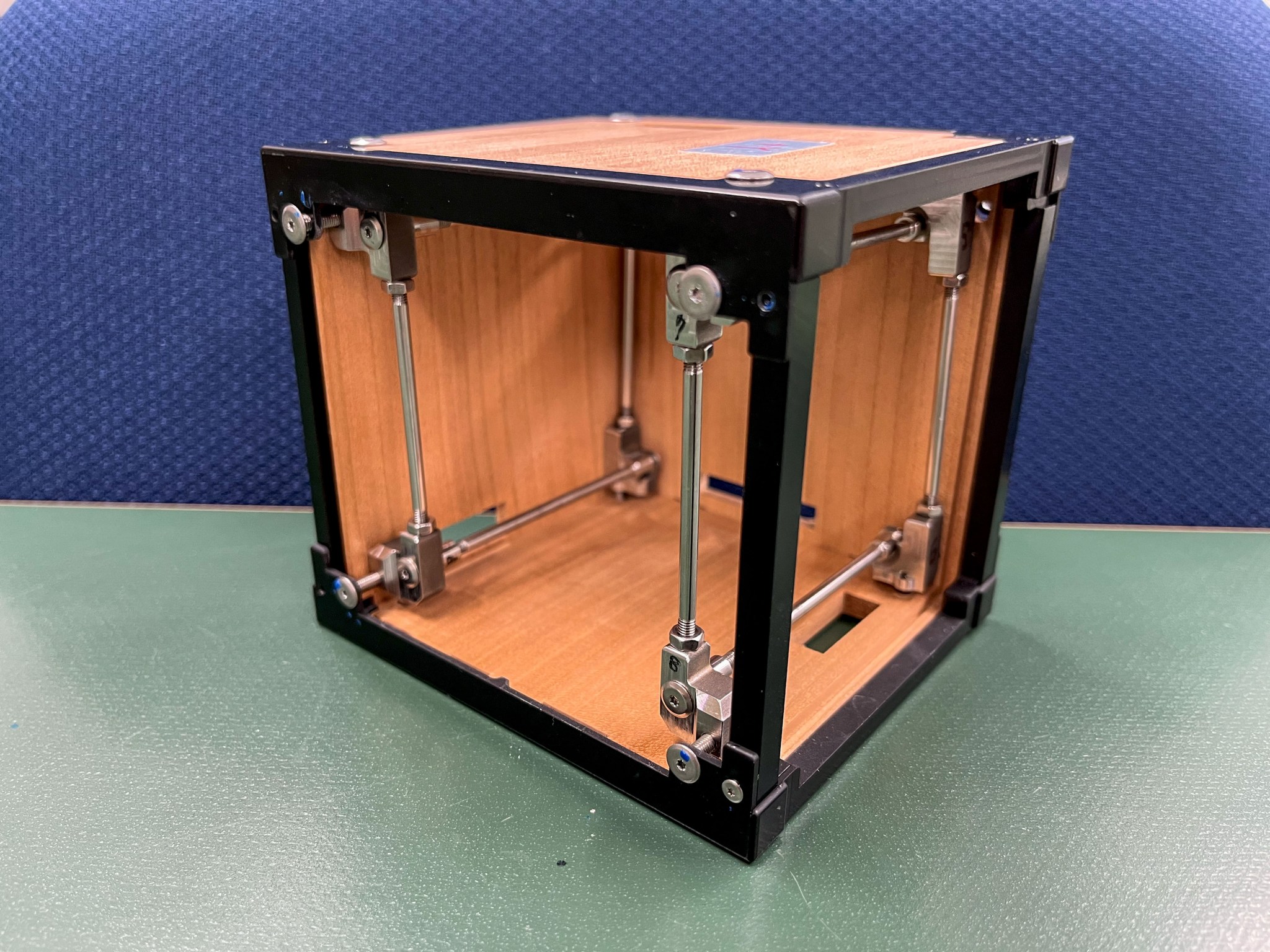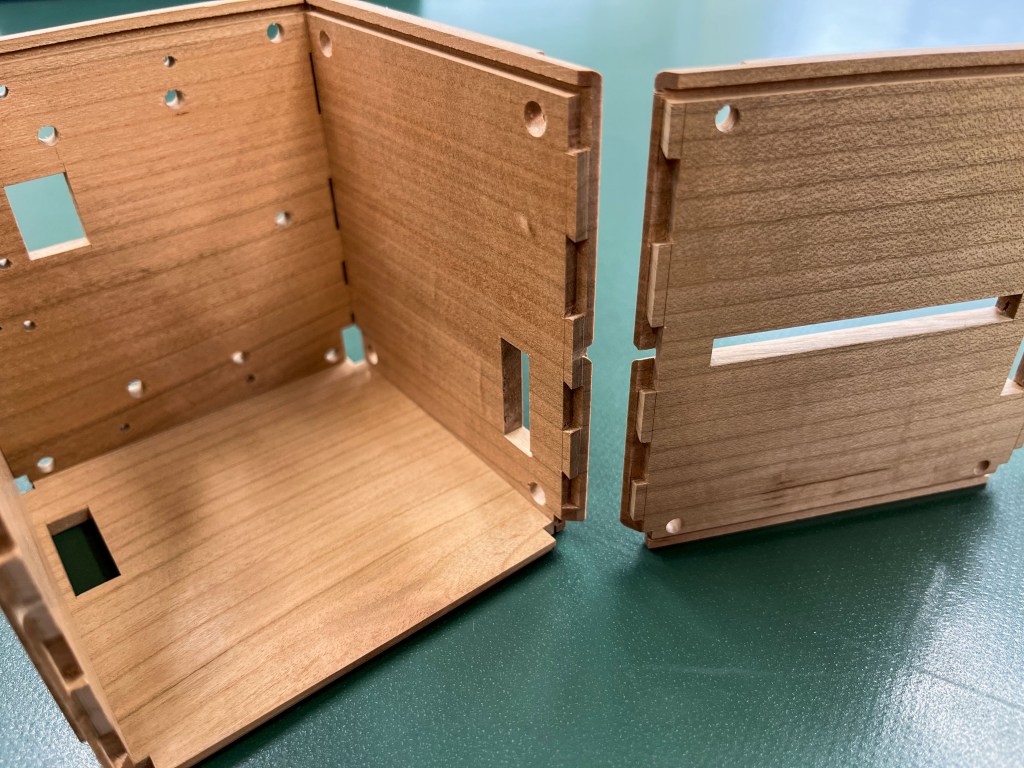 Internal view of LignoSat’s structure shows the relationship among wooden panels, aluminum frames, and stainless-steel shafts.Credit: Kyoto University In December 2024, five CubeSats deployed into Earth’s orbit from the International Space Station. Among them was LignoSat, a wooden satellite from JAXA (Japanese Aerospace Exploration Agency) that investigates the use of wood in space. Findings could offer a more sustainable alternative to conventional satellites.
Internal view of LignoSat’s structure shows the relationship among wooden panels, aluminum frames, and stainless-steel shafts.Credit: Kyoto University In December 2024, five CubeSats deployed into Earth’s orbit from the International Space Station. Among them was LignoSat, a wooden satellite from JAXA (Japanese Aerospace Exploration Agency) that investigates the use of wood in space. Findings could offer a more sustainable alternative to conventional satellites.
A previous experiment aboard station exposed three species of wood to the space environment to help researchers determine the best option for LignoSat. The final design used 10 cm long honoki magnolia wood panels assembled with a Japanese wood-joinery method.
Researchers will use sensors to evaluate strain on the wood and measure its responses to temperature and radiation in space. Geomagnetic levels will also be monitored to determine whether the geomagnetic field can penetrate the body of the wooden satellite and interfere with its technological capabilities. Investigating uses for wood in space could lead to innovative solutions in the future.
 A traditional Japanese wooden joining method, the Blind Miter Dovetail Joint, is used for LignoSat to connect two wooden panels without using glue or nails.Credit: Kyoto University
A traditional Japanese wooden joining method, the Blind Miter Dovetail Joint, is used for LignoSat to connect two wooden panels without using glue or nails.Credit: Kyoto University  Three CubeSats are deployed from space station, including LignoSat. Keep Exploring Discover More Topics From NASA Latest News from Space Station Research
Three CubeSats are deployed from space station, including LignoSat. Keep Exploring Discover More Topics From NASA Latest News from Space Station Research
 Space Station Technology Demonstration
Space Station Technology Demonstration
 Space Station Research Results
Space Station Research Results
 Space Station Research and Technology Resources
Space Station Research and Technology Resources



